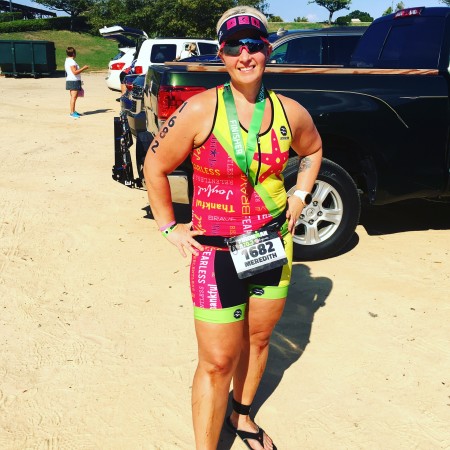Triathlon Checklist: What Do I Need For A Triathlon Race Event ... - Triathlon Clothing What To Wear
Triathlon Checklist: What Do I Need For A Triathlon Race Event ... - Triathlon Clothing What To Wear
The triathlon brief.

has a thin pad, made to use throughout the entire race: swim, bike, and run. Ladies, use your sports bra under your top during the swim if you have a larger chest. Some tops might have built-in sports bras, however seriously, unless you are a size 0, these can look horrific. If you are smaller, you might be good to go without.
Simply bear in mind, that while we do not care about what we appear like while tri-ing, that you are racing in what is basically a wet t-shirt contest if you are using white, you may be offering a program. But open-boobness may be something to consider in race pics. On race day, do not wear underclothing.
Your underwear will not dry and you will end up with saddle sores on the Queen. Do not use a" genuine" bra anywhere near this race. It's best not to wear a one-piece swimsuit for the whole race unless you are super-woman or you have a tri short over it and plan to wear it the whole race. Nevertheless, the swimwear and the short can be additional ammo for chafing on the bike and run. Do not change clothing in shift. Find an outfit you can put on at the race start and take off after the finish. One caution: in the start, do not be scared to put on a tee over my tri suit to run. In hindsight, I looked a small bit out of location, but I felt better. Sometimes you need to look after your.
What Do Men Wear In A Triathlon? - Sportsrec - Triathlon Clothing Tips
inner scaredy feline in order to finish this terrific sport! Attempt and practice in your tri suit well in advance of your race. Use it to open water, biking, and running. Caution: This post is composed with a" first triathlon" or a sprint distance in mind. Meredith Atwood () is a recovering lawyer, motivational speaker and creator of which brings triathlon clothing in sizes S to 4XL. She is author of Triathlon for the Every Womanyou can download a totally free copy of the book. As females we understand that what we wear on race day must not only be practical, however must also make us feel.
amazing. Race day is our day. We are empowered women, devoted to strength and performance. We anticipate nothing less of our clothing. Be prepared for your first race with these basic standards: Your very first race is all about comfort and experimenting with what works for you. The second shift (T2) can include.
changing your cycling shorts with running shorts. Anything that is comfortable and keeps you covered in shift works well. As soon as you begin racing consistently, a common race' kit 'would include a singlet( tri top )and triathlon shorts, or a one-piece tri match. Triathlon racing clothes is designed for speed, versatility and convenience in all 3 disciplines. Wetsuits are not mandatory, nevertheless they end up being a viable alternative in wetsuit-legal races. Keep in mind: A water temperature listed below 78 degrees makes up a wetsuit-legal race. Contact the race director and listen for announcements as to whether a race is wetsuit legal or not. Wetsuits normally provide more buoyancy and insulation throughout the swim, however may need more time in shift to remove, particularly in shorter races where there are no wetsuit peelers and transition time is of greater issue. There is no pressure to purchase or lease a wetsuit for your very first triathlon even if it is wetsuit legal. Many triathletes have actually gone several seasons before really purchasing a wetsuit to utilize at races. Swimwears and tri suits tend to expose joints and other prospective inconveniences. Race day is not the time to deal with the distraction of chafing and blisters. Avoidance is keyand applying anti-chafing skin protectant before the race and.
( if required )during the shifts can make your race experience far more satisfying. Possibly the most essential standard is the' nothing new on race day 'guideline. It is highly recommended you do a few' trial run' of your race equipment so as to fight any possible issues prior to they emerge. Some females can get away with a tight triathlon match, while others are more comfortable in a stylish swimsuit top or a moisture-wicking sports bra that will not get saturated throughout the swim. Ensure all your outfit, including your sports bra, is 'attempted and true 'come race day. While many triathlons occur throughout the warm summer season months, some duathlons and the periodic triathlon require extra layers of clothing to combat chillier race environments. Windbreakers, headbands, and even limb warmers can be an important addition to the cold weather condition race closet. Iron Girl occasions need that a race number be used on both the bike and the run. A race number belt functions as an excellent alternative to safety pinning your number to your bike shorts, t-shirt or swimwear. After exiting the swim, merely get the race belt from transition, fasten it and continue racing. Temperature-related clothes is mostly based on the race conditions and the amount of time you plan to take in shift. Socks are a good concept if you are concerned about blisters or rubbing, nevertheless lots of triathletes choose to go sockless
